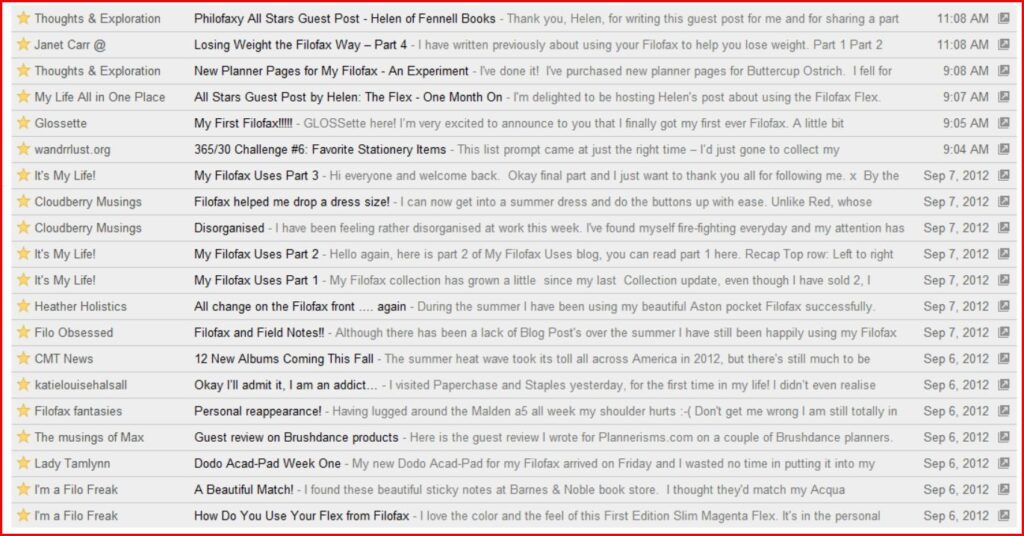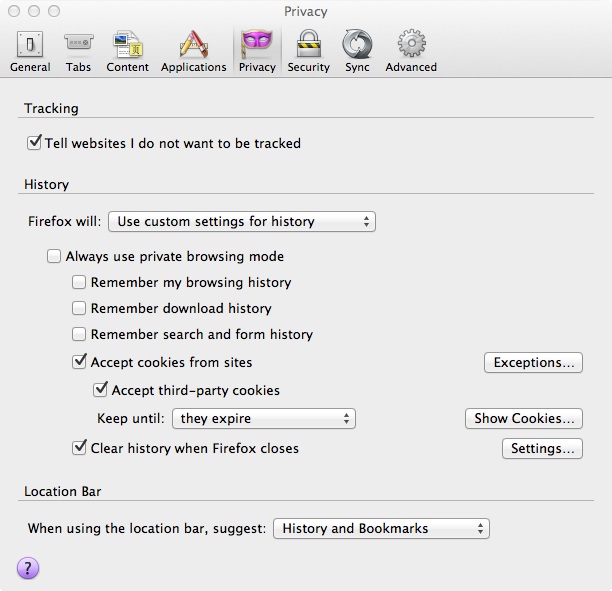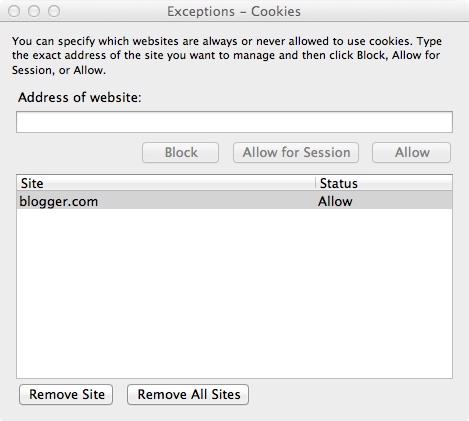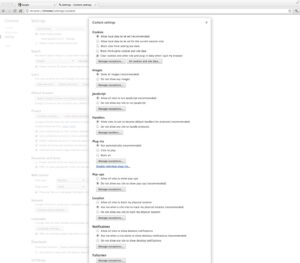Today I would like to introduce you to Ray. I met Ray through Philofaxy and together we have developed a suite of diary inserts for Filofax organisers. Ray recently joined the ‘Philofaxy All Stars’ a team of bloggers that are touring around different blog sites, posting a varied menu of posts on various topics, not just about Filofax.
Please visit Ray’s blog – My Life All in One Place
How many people are there in your life who you’ve known well at some point, but drifted away from or out of touch with? If you’re like most people, you will have many lost friends and lost acquaintances, many of whom you now miss.
Perhaps your job involves managing relationships and there are customers or business partners you know you have neglected from time to time.
Whether we want to keep in touch with people for personal or business reasons, it’s really easy to let people slip away from us. The main reasons are apathy and lethargy; we don’t care enough, and we’re too lazy. Paradoxically, the more secure we feel about a person’s friendship (or a customer’s loyalty), the less effort we’ll take in staying in touch when distance divides us.
Eventually, we’ll realise we’ve drifted away from that person, and we’ll feel sad or business might suffer. But by then, it is difficult and embarrassing to suddenly call or write again after all this time. Furthermore, the person may have moved somewhere else. Perhaps they’ve been so upset about our heartless treatment of them that an approach now would be unwelcome. It would be even more tricky if it were a business contact we’d neglected for all this time, and the reason we now want to get in touch is that we need their help.
If this is starting to ring a few bells for you, then you need to take action now in two directions. Firstly, you need to design a KIT (‘Keeping in Touch’) system to make sure this doesn’t happen in future. Secondly, you might need to plan an ER (‘Emergency Repair’) strategy to re-establish contact where it has already been lost.
Let’s look first at the KIT system. To operate it effectively, you’ll need one of the following tools:
a) a Filofax or other organisation system; or
b) a computer with a personal organiser programme; or
c) a card-index system with diary tabs or desk diary; or
d) a pocket diary and address book.
Whichever tool you use, you’ll first need to sit down and list all the people you want to stay in touch with. When you’ve done that, decide for each person how often you think contact would be appropriate. When I say ‘contact’, this could be any form of communication, such as:
- a phone call
- an email
- a postcard or letter
- a greeting card
- a face to face meeting
For some friends or business contacts you might feel that once a month is the right amount of contact; for more peripheral acquaintances you might settle on once every quarter, or every six months.
So, now you have a list which might look, in part, something like this:
- Judith Lane 1m
- Kerry Leaver 6m
- John Marshall 1m
- Sam Masters 1m
- Jill Merry 3m
Now, you simply have to make up a diary entry for each person on the list. Spread the names out widely, so that the first contact for each of them happens within – say – two months. Put no more than 3 or 4 names down for any one day, and try to keep one or two days every week free. This means that keeping in touch won’t become too arduous, and the free days mean that if you miss day or two, you’ll have put time aside to catch up.
If you have a PC or personal organiser with a repeating to-do function, you can programme in the monthly repeat or six monthly repeat automatically, but if you are using a paper system, make your entry look like this:
‘NC’ stands for ‘Network Contact’, and this prefix makes the entry stand out from other appointment data or to-dos you may have in your diary. After the name, in bracket, remember to put the frequency of contact you chose for this person. This way, as soon as you have initiated a contact, you can cross through the entry, and make a new one in one month’s time which looks exactly the same.
I use a Filofax diary for this purpose and write my entries on Post-It Note index tabs, which I can move easily from one period to the next as I complete my KIT activities.
Depending on the nature of the ‘contact’ you make, it might be advisable not to delete the entry or move the sticky just yet. For instance, if you telephone and leave an answering machine message, you might not want to get rid of this month’s NC entry until the call is returned or until you try again another day and actually make contact.
And do try to vary your KIT activity. If you call a person this month, then when the NC record next appears for that person, send a card or an email instead.
When you get to an NC entry where you have recently spoken to or received a call from the person, feel free just to rediarise without initiating another contact. The purpose of this system is to keep in touch, and if that is happening already, then there’s no need to go overboard!
When you start working your KIT system, you will notice that strange things start to happen. Before long, people will be calling you more regularly, meaning you need to undertake less contact activity yourself. Also, you will find that when you call people for no real reason, they often say, “I was just thinking of you, because…” and then relate some opportunity that you can benefit from. If you hadn’t have called, you’d never have known.
So, with your KIT system in place, you might want to consider an ER strategy, to rescue those atrophied relationships. One thing to remind yourself straight way is that it takes two people to lose touch, so don’t shoulder all the guilt.
The only effective way to re-establish contact is to get on the phone, pick up a pen, or go to the computer and be honest. Say or write something like this:
“I feel bad that we haven’t spoken so long, and I miss your friendship. I’d really like to re-establish regular contact.”
What can sometimes smooth the way is to add an apology, like this:
“I am so sorry I haven’t tried harder to keep in touch with you these past years.”
Don’t make an excuse at this point, just offer the simple apology. Almost without fail, your contact will respond with a similar apology and insist on shouldering his or her share of the blame.
Once this is out of the way, it’s time to set the foundation for ongoing contact. The easiest way to do this is to get the other person talking, and you might ask:
“So, what’s new in your life since we last spoke/met?”
Before long, you’ll be chatting just like in the old days.
Earlier, we spoke about the situation where you’ve lost contact with a business contact, but now need their help. However dire your need, don’t ask for that help at the first contact call, or you are likely to be labelled a user cut off forever! Try to leave it for the second or third contact, but if it really is very urgent, call a couple of days after first contact.
So that’s the system. Using KIT and ER together will ensure you can maintain a wide personal or business network without it feeling like a lot of work.
Thank you Ray, some very useful tips for all of us I’m sure. You can catch up on the rest of the ‘All Stars Tour‘ here.
 I was reminded today that I don’t really share many of my photographs on line these days.
I was reminded today that I don’t really share many of my photographs on line these days.
 Normally, when new posts appear in Google Reader, I browse through the list and star (save) anything that appeals to me. For the most part, I save anything that is Filofax/planner/productivity related. For anything else, I save only those posts that appeal to me (for whatever reason). I apologize for this, because here I’m admitting that I don’t read every post that is published on every blog. I just can’t. There are so many wonderful blogs out there and I would love to read every post from every one. But the reality is that there just isn’t enough time (I barely have the time to keep up with the posts that I want to get to). I do have a few “favorite” blogs—they aren’t my favorites because they are necessarily better than others, rather they are favorites because I have read them from their inception (back when there were only a few Filofax-related blogs) and I have so much emotion invested in them that I just can’t skip any posts. And of course, I never skip a Philofaxy post.
Normally, when new posts appear in Google Reader, I browse through the list and star (save) anything that appeals to me. For the most part, I save anything that is Filofax/planner/productivity related. For anything else, I save only those posts that appeal to me (for whatever reason). I apologize for this, because here I’m admitting that I don’t read every post that is published on every blog. I just can’t. There are so many wonderful blogs out there and I would love to read every post from every one. But the reality is that there just isn’t enough time (I barely have the time to keep up with the posts that I want to get to). I do have a few “favorite” blogs—they aren’t my favorites because they are necessarily better than others, rather they are favorites because I have read them from their inception (back when there were only a few Filofax-related blogs) and I have so much emotion invested in them that I just can’t skip any posts. And of course, I never skip a Philofaxy post.



 Next I tried Google Chrome, again allowing 3rd party cookies and it allowed me to comment, but for some reason I’ve not discovered yet even allowing the cookie from blogger.com still wouldn’t let me comment, so some more work is required on Chrome to fully understand why the fix doesn’t work.It appears that I’m being logged out each time which I think is the symptom of the problem, allowing 3rd party cookies though and the problem disappears!
Next I tried Google Chrome, again allowing 3rd party cookies and it allowed me to comment, but for some reason I’ve not discovered yet even allowing the cookie from blogger.com still wouldn’t let me comment, so some more work is required on Chrome to fully understand why the fix doesn’t work.It appears that I’m being logged out each time which I think is the symptom of the problem, allowing 3rd party cookies though and the problem disappears!

 Driving in France is slightly different to UK, here are some notes to read even if you are only coming here on holiday. But some of them apply to UK driving too!
Driving in France is slightly different to UK, here are some notes to read even if you are only coming here on holiday. But some of them apply to UK driving too!




